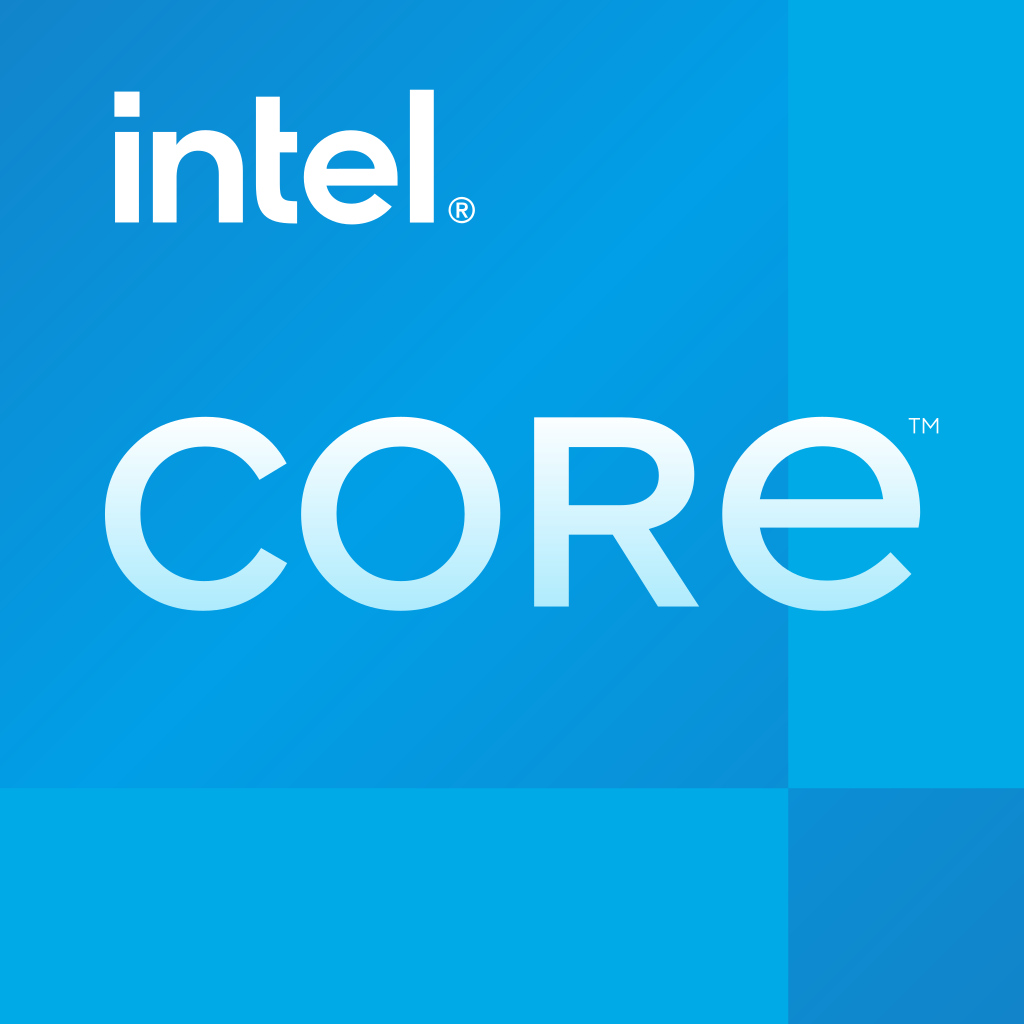Today we will be discussing naming schemes for Intel’s modern Core family of processors naming scheme. Just like AMD, Intel uses i3, i5, i7 and i9 to denote CPU model names. This can be compared to their AMD counterpart as below:
Going forward into the article one general rule of thumb to remember by readers is, the higher the number, the better the performance.
| Intel Core Family | Description |
|---|---|
| Core i3 | Core i3 is mainly used in budget friendly PCs and for consumers who don’t use their PCs for intensive applications. In terms of relevancy, Core i3 CPUs can be compared with AMD Ryzen 3 series of processors. |
| Core i5 | Core i5 CPUs are high performance processors capable of handling heavy multitasking and intense gaming. Core i5 processors which start with a core count of 2 can go upto 12 cores, giving competition to Ryzen 5 processors. |
| Core i7 | The Core i7 CPUs are for enthusiasts or prosumers who want some serious performance coming out of their systems. For older generations CPU, Core i7 processors have a starting core count of 2 and can go upto a maximum of 14 cores for delivering peak performance. This family of CPUs gives a straight challenge to Ryzen 7 processors of AMD. |
| Core i9 | The Corei9 CPUs are for serious professionals. These processors are suitable for gamers, streamers and content creators who need their PC running on optimal performance level. Core i9 processors have a minimum of 6 cores and can go upto a maximum of 16 cores. Intel Core i9 and AMD Ryzen 9 belong to the same tier in terms of performance and benchmarks. |
Apart from above modern processors we can also notice few older models of Intel Core processors:
| Intel Core Family | Description |
|---|---|
| Core Solo/Core Duo/Core 2 Solo | Mobile Processors with 1 or 2 cores launched in early 2006. |
| Core 2 Duo/Core 2 Quad/Core 2 Extreme | Desktop and Mobile processors with 2 to 4 processors all launched between 2006 to 2008. |
| Core M/Core m3/Core m5/Core m7 | Mobile Processors with 2 cores mostly suitable for tablets and handheld devices. These processors were widely used in devices between 2015 and 2018. |
Intel Core Processors naming structure

List of CPU Suffix used by Intel
Now that we have discussed the different parts of CPU naming conventions used by the company Intel, we can list down different suffixes that appear at the end of the processor name.
| Suffix | Meaning | Description | Example |
|---|---|---|---|
| G1-G7 | Graphics level (processors with new integrated graphics technology only) | These suffixes are used with modern 10th gen thin and light laptops with higher numbers denoting greater graphics capability. | Intel Core i7-1060G7 |
| E | Embedded | Embedded Options Available indicates products that offer extended purchase availability for intelligent systems and embedded solutions. | Intel Core i7-9700E |
| F | Requires discrete graphics | CPUs with ‘F’ suffix require a separate Graphics card to work and produce a display output. | Intel Core i7-9700F |
| G | Includes discrete graphics on package | CPU numbers with a suffix “G” can operate without a discrete graphics card since graphics capability are inbuilt within the processor. | Intel Core i7-8705G |
| H | High performance optimized for mobile | “H” suffix denotes CPUs for mobile devices and are often used in gaming or high performance laptops. | Intel Core i7-9850H |
| K | Unlocked | Found in desktops, “K” letter denotes that Intel offers manual overclocking of those CPUs. | Intel Core i7-7700K |
| HK | High performance optimized for mobile, unlocked | These are high performance mobile processors which offer overclocking capability as well. | Intel Core i7-6820HK |
| HQ | High performance optimized for mobile, quad core | These are high performance quad core CPUs optimized for mobile devices. | Intel Core i7-7700HQ |
| XE | Xtreme Edition | These processors indicate an “extreme edition” processor for desktops designed for maximum performance. | Core i9-9980XE |
| S | Special edition | From time to time Intel launches special edition CPUs and the letter “S” is used as a suffix at the end of processor numbers. | Intel i9-9900KS |
| T | Power-optimized lifestyle | CPUs with suffix “T” are designed to use less power while also having less performance than the standard chips without any letters. | Intel Core i7-10700T |
| U | Mobile power efficient | These “Ultra-low power” CPUs draw very low power to operate and are mainly used mainly in thin and light laptops. | Intel Core i7-10610U |
| Y | Mobile extremely low power | Similar to the “U” suffix, “Y” letter denotes that these CPUs operate on even less power like in ultrabook or tablets and can draw as low as 5 Watts of power in a mobile device. | Intel Core i7-10510Y |
List of all ACTIVE Intel Core i9, Core i7, Core i5, Core i3 processors (as on 9th Jan 2022)
| ProductName | Generation | LaunchDate | NoOfCores | MaxFrequency | BaseFrequency | Cache | ProcessorGraphics | CpuFamily | Tdp | Sno (key) |
|---|---|---|---|---|---|---|---|---|---|---|
| ProductName | Generation | LaunchDate | NoOfCores | MaxFrequency | BaseFrequency | Cache | ProcessorGraphics | CpuFamily | Tdp | Sno (key) |

It’s an aqesome post in favor of all the online people;
they will get benefit from it I am sure. https://onlinecasinobonus.brushd.com/
Good to know about these intel core processors. Thanks for sharing
It was quite helpful content on Intel Processors. Thank You.